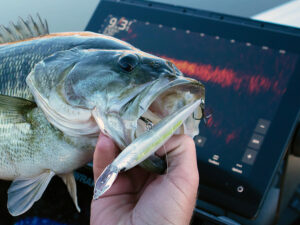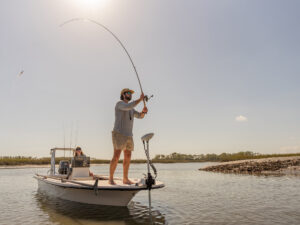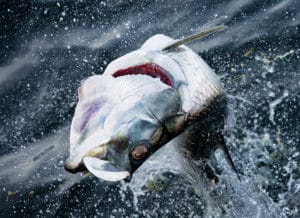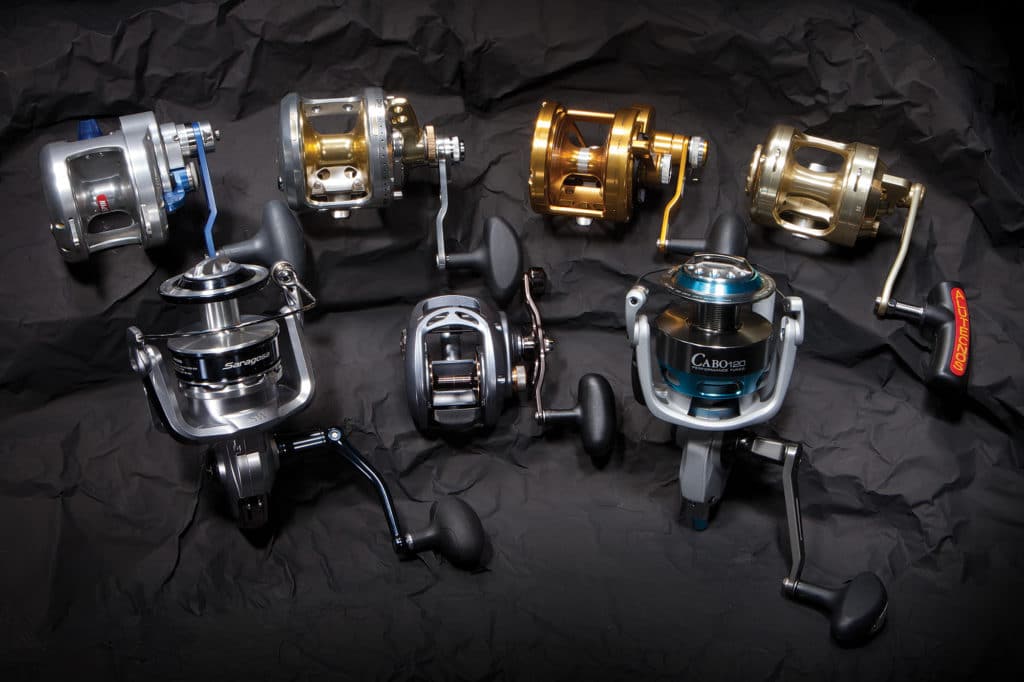
After hearing reports of California fishermen catching full-size tuna on 15.3-ounce Daiwa Lexa 400HS bait casters, I had to sit back and reconsider how I classify reels. The Lexa 400HS is built to be resilient for tarpon and striper fishermen, but the real kicker is that it handles 200 yards of 80-pound braid and produces 25 pounds of drag.
“Saltwater guys are landing bigger fish like yellowtail, white seabass and tuna because the Lexa has the line capacity and drag to stop these fish,” says Curt Arakawa, marketing manager at Daiwa. “Stronger, thinner lines, plus more drag than some of our larger reels, mean you’d better hang on if you tighten down the drag.”
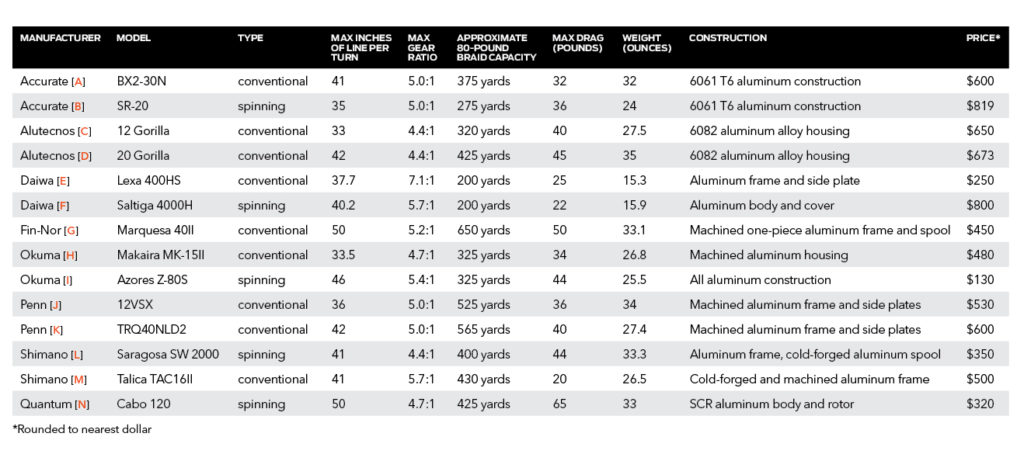
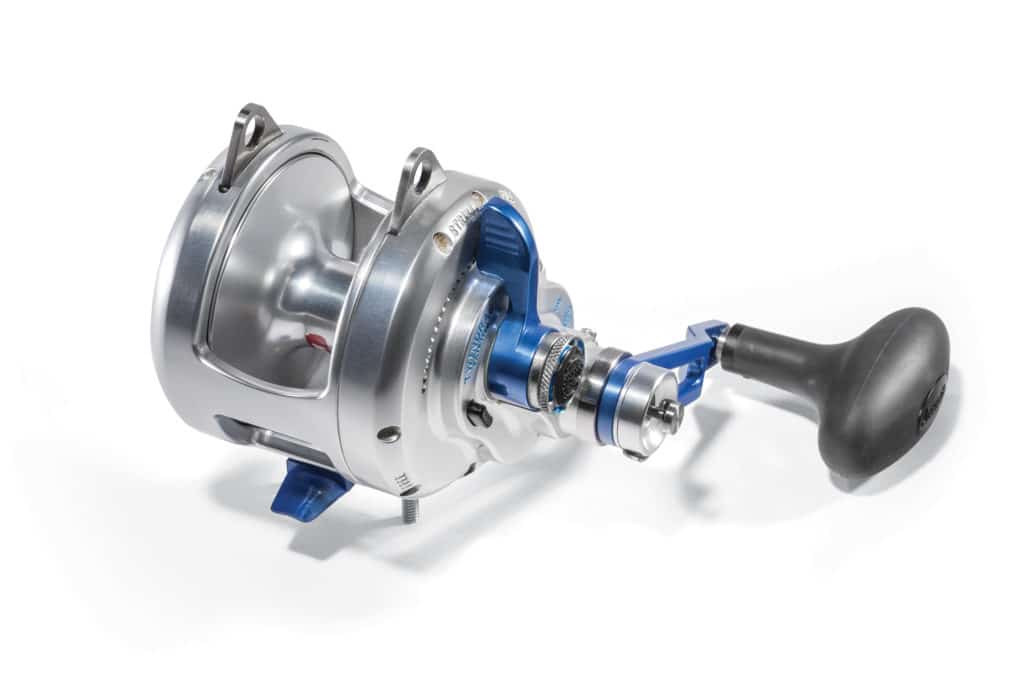
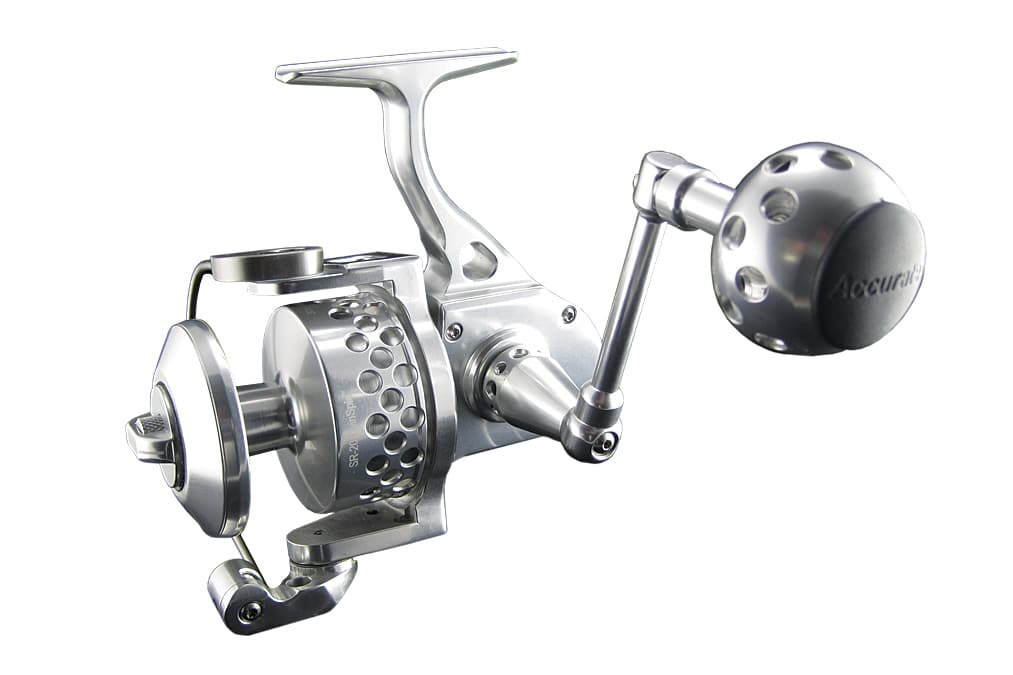
Reels like Daiwa’s Lexa make up the ever-evolving class of smaller, stronger and lighter reels capable of overpowering fish well above 100 pounds. Though the Lexa is an extreme example in size, top manufacturers now produce reels that are surprisingly compact, considering their strength. This class of reels continues to develop and isn’t limited by black-and-white specifications, so the reels vary in weight and design.
Different types of “little giants” are required when fishing different techniques, whether popping, deep-jigging or live-lining. The one exception may be trolling. Many fishermen still prefer to troll with monofilament line because of the forgiveness provided at the hook-set. Plus, considering the size of the target species, how much line is set back in the trolling spread, and the weight of the monofilament, trolling reels are often full-bodied out of necessity.
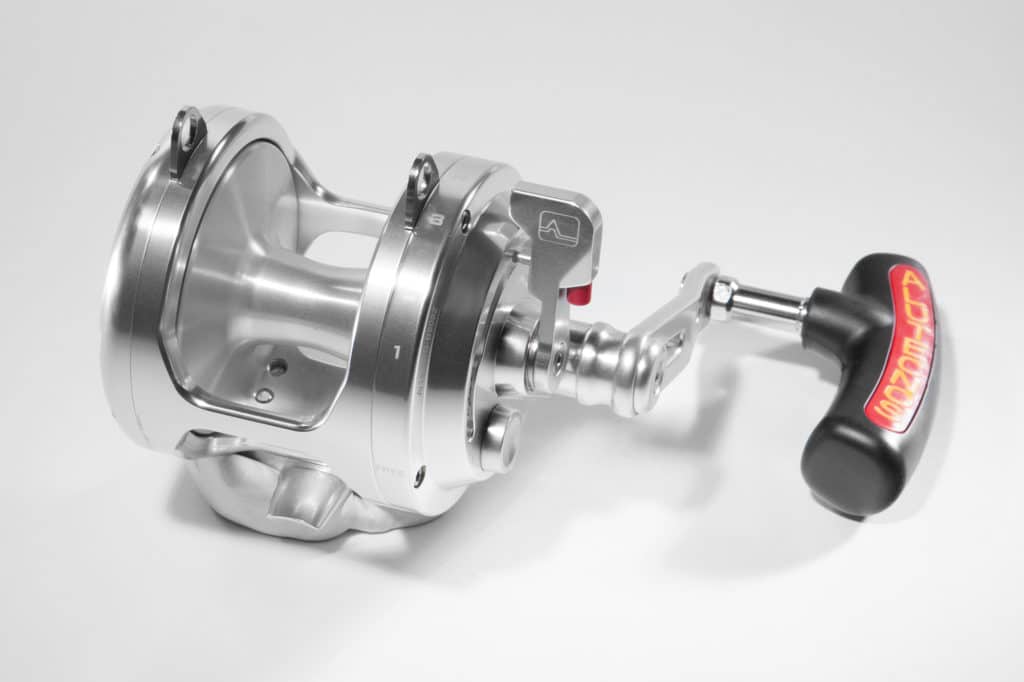
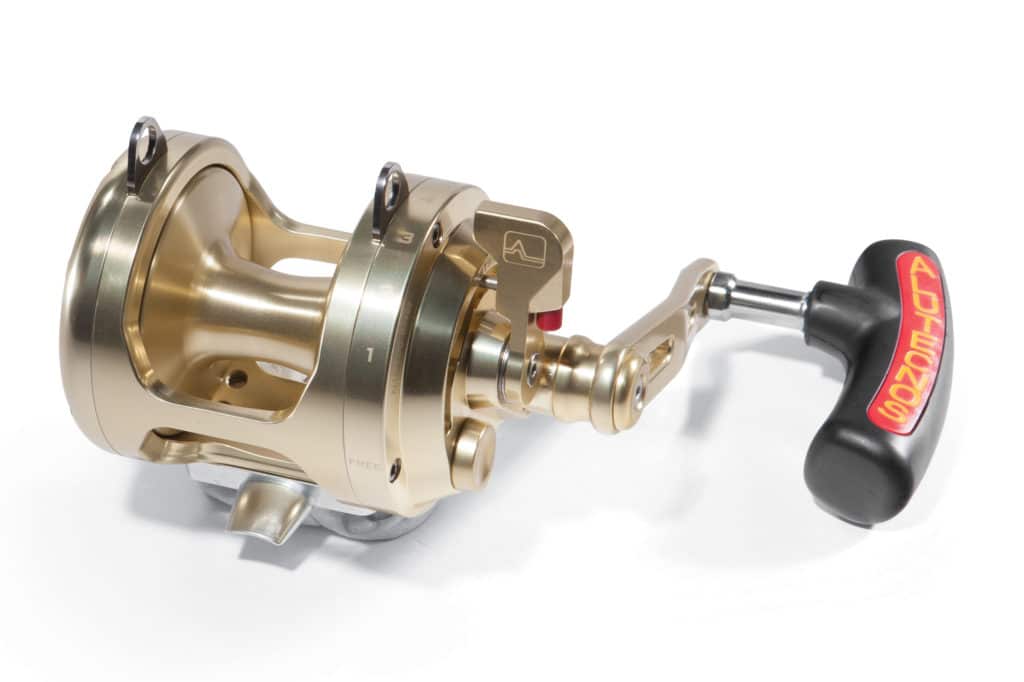
“Assume you’re topwater popping for yellowfins from 80 to 150 pounds,” says Mike Rice, Penn’s senior product manager. “You want the lightest reel possible that casts long distances and has sufficient line capacity and a heavy drag system. In this situation, I prefer a spinning reel like the Penn Spinfisher V 7500 to react to the quick blowups you’ll encounter.”
For deep-jigging, anglers might prefer a narrow star-drag conventional or high-pickup spinning reel that handles braided line cranked quickly to the spool.
“When live-lining or chunking baits, anglers hold the outfit all day, and weight plays a huge factor in fatigue,” points out Robby Gant, product manager at Shimano. “In the old days, you ended up with Popeye arms. Today, a Shimano Talica 16II (26.5 ounces) holds 430 yards of 80 PowerPro, plus the reel pulls 40 pounds of drag.”
New technologies muddy the exact limitations of today’s little giants, and fishermen are quick to push the reels to their limits with memorable and exciting catches.
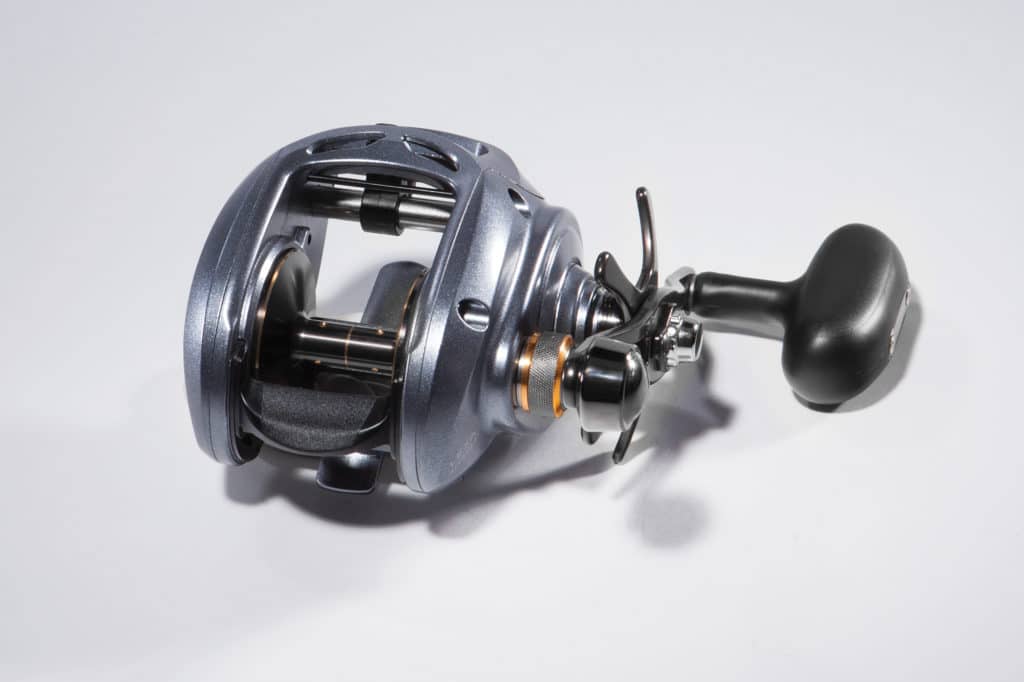
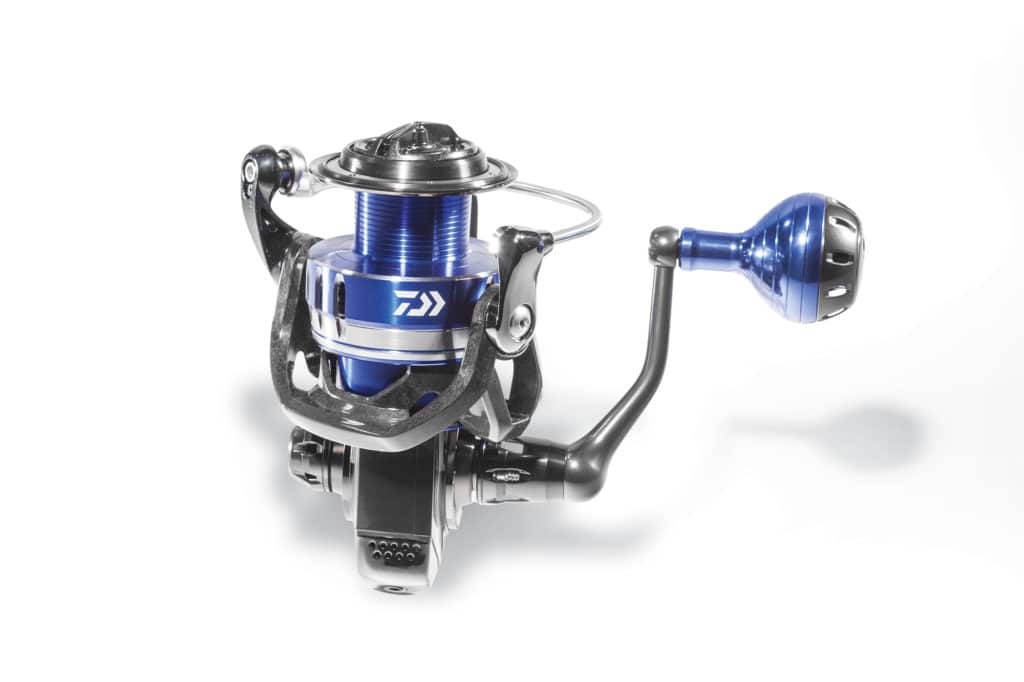
Get Tech-Savvy
When braided polyethylene line first hit the market, lighter-weight reels were made of graphite and had drags built to fish mono. Most anglers didn’t look up the reels’ capabilities, and therefore destroyed plenty of them by packing on too much heavy braid. Reel manufacturers had to catch up quickly.
“Most went to a metal frame using aluminum,” says Gant. “There are two general ways to make a frame: One is die-casting and the other is cold-forging. Both types hold up well when fishing heavy line, but cold-forging holds everything together better, allowing the reel to last longer with bigger-grade fish.”
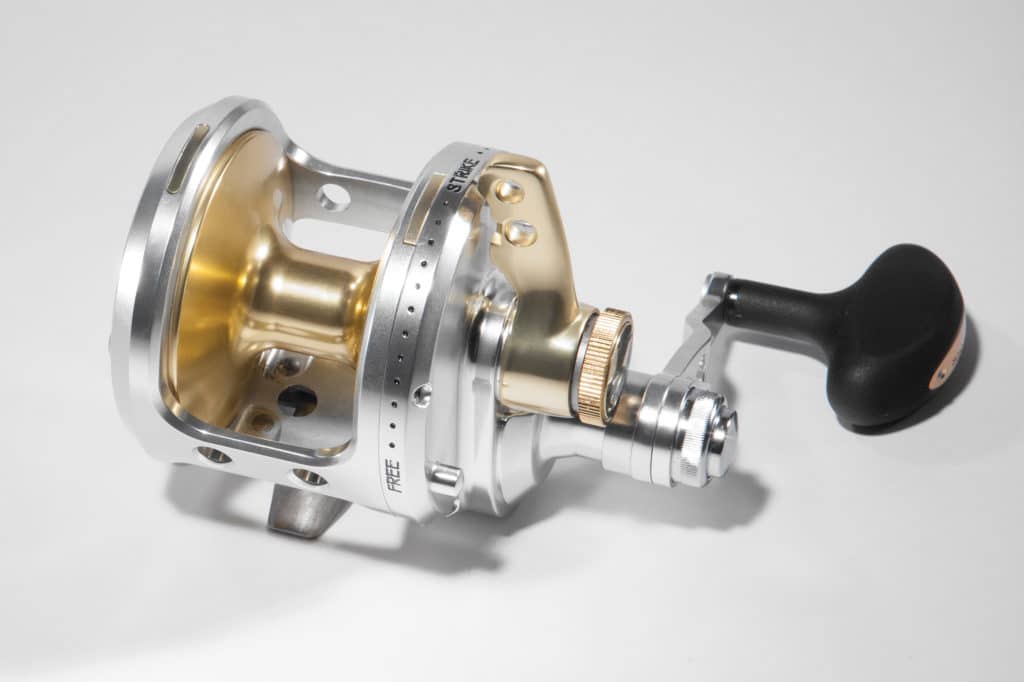
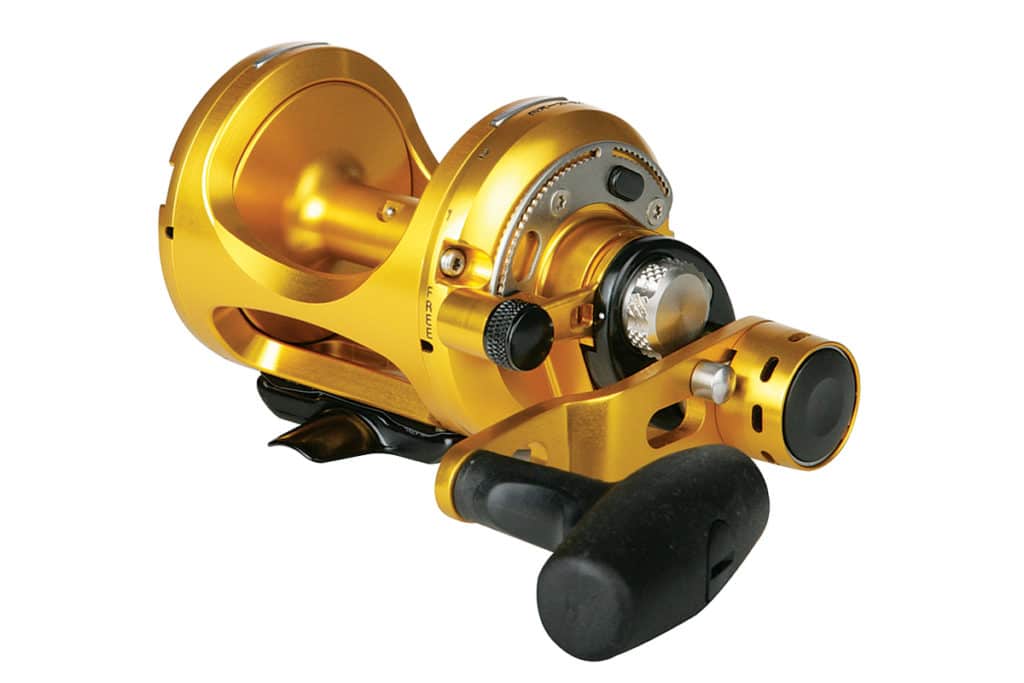
Then manufacturers dropped some weight. “Technology allows us now to do finite element analysis of 3-D models and add or remove material where needed,” says Chris Littau, director of saltwater brands at Zebco. “This way we can reduce the weight by removing unnecessary material, and increase the strength in only the areas it’s needed.”
Gears needed updates too. “A regular-cut gear didn’t — and still doesn’t — stand a chance of survival when fishing braid or heavy drag,” says Gant. “Shimano uses its High Efficiency gears to provide more power when turning the handle. Using a larger main gear and pinion gear, and the way the teeth mesh together, we don’t see gear failure.”
Better machining of both the frames and the gearing systems allowed Okuma to build extremely strong reels such as the Makaira 15II, says Brandon Cotton, Okuma’s marketing manager. “In the past, a lot of guys would have been afraid to use our 15-size reel with 80-pound braid for bigger fish. They would turn to bigger, bulkier reels, but not anymore. Some guys are even pushing it to our smaller 5 and 10 sizes.”
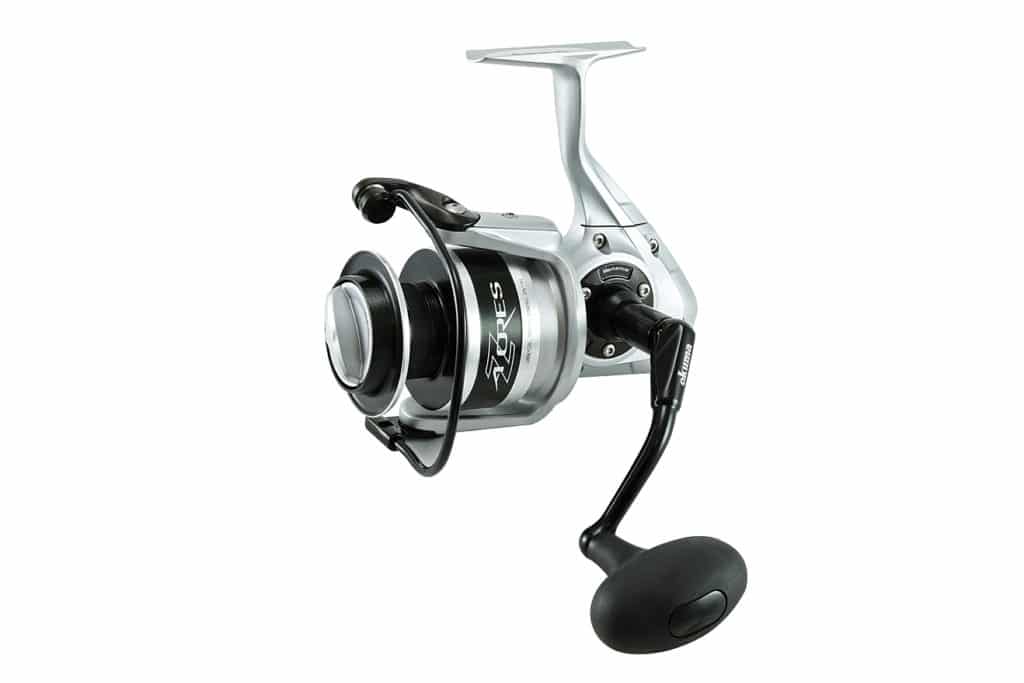
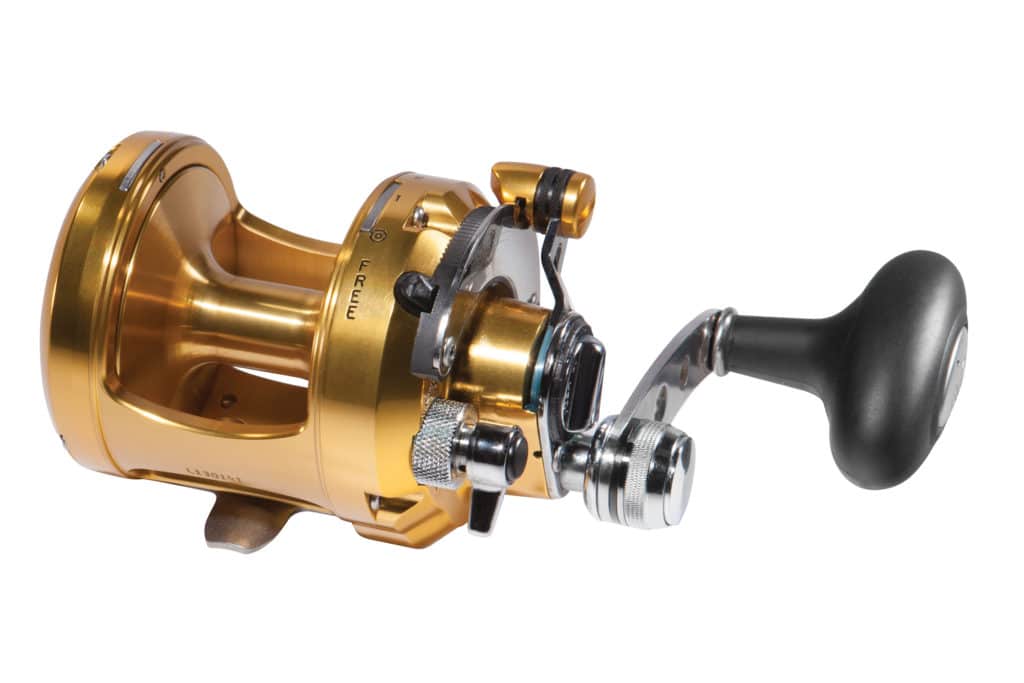
Dragged Out
Besides line capacity and construction, powerful drag settings allow lighter and smaller reels to handle 80-plus-pound fish.
“In this class, we typically build our reels to have 35 to 40 pounds of max drag,” says Rice. “Depending on what kind of fish you’re catching, 15 pounds is a reasonable drag to fish (assuming you’re not using a belt).”
Carbon-fiber drags and increased strength in materials also had a huge impact, says Littau. “For instance, Van Staal VS and VSB reels all have solid titanium spool shafts. These are very strong and light, but very expensive to produce.”
Some conventional-reel manufacturers such as Alutecnos utilize proprietary engineering to generate massive drag pressure. “An enlarged left side plate and cam on the Alutecnos 20 Gorilla allows for two drag discs,” says Mason Featherston, national sales manager at Alutecnos. “The two drag discs create greater friction and apply more pressure with the least amount of heat. The design is actually based off our bigger, beefier Albacore 130.”
Accurate reels, especially popular with tuna anglers, handle drag differently. “The Accurate BX2-30N features a TwinDrag lever-drag system that increases pressure applied equally to both sides of the spool,” says Ben Secrest, national sales manager for Accurate Fishing Products. “The bearings and spool shaft receive a more balanced load, translating into stronger, smoother drags, while the dual-drag design also doubles heat dissipation.”
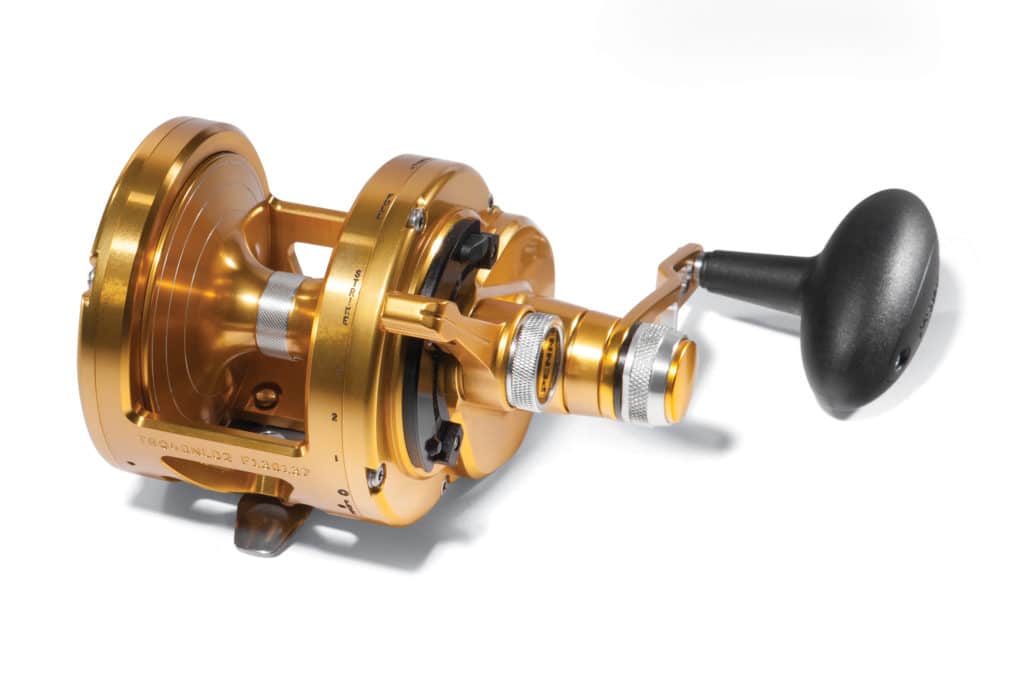
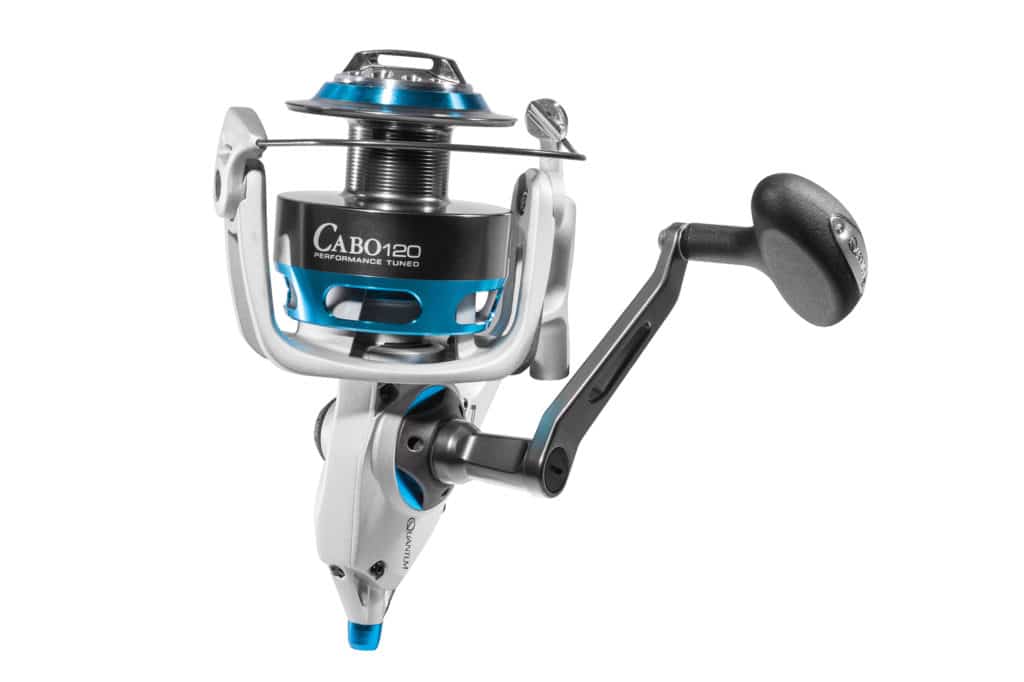
Bring On the Battle
No matter which drag system and reel are right for you, don’t forget the one-third rule for drag. With 80-pound line, you’ll likely want to max out your drag at about 26 pounds, says Gant. “Twenty-six pounds of drag over a long fight lasting hours can truly beat you up.”
Secrest recommends applying pressure during the entire fight, whether it’s with a billfish, halibut, mackerel or tuna. “You can’t always stop the fish in the first five minutes,” he says, “but you can try to change [its] attitude. Don’t ever let the rod unload, and always be ready to wind — don’t get accustomed to not pulling on a fish.”
Little giants can’t handle truly giant billfish, sharks and tuna, but most everyday offshore catches are fair game.
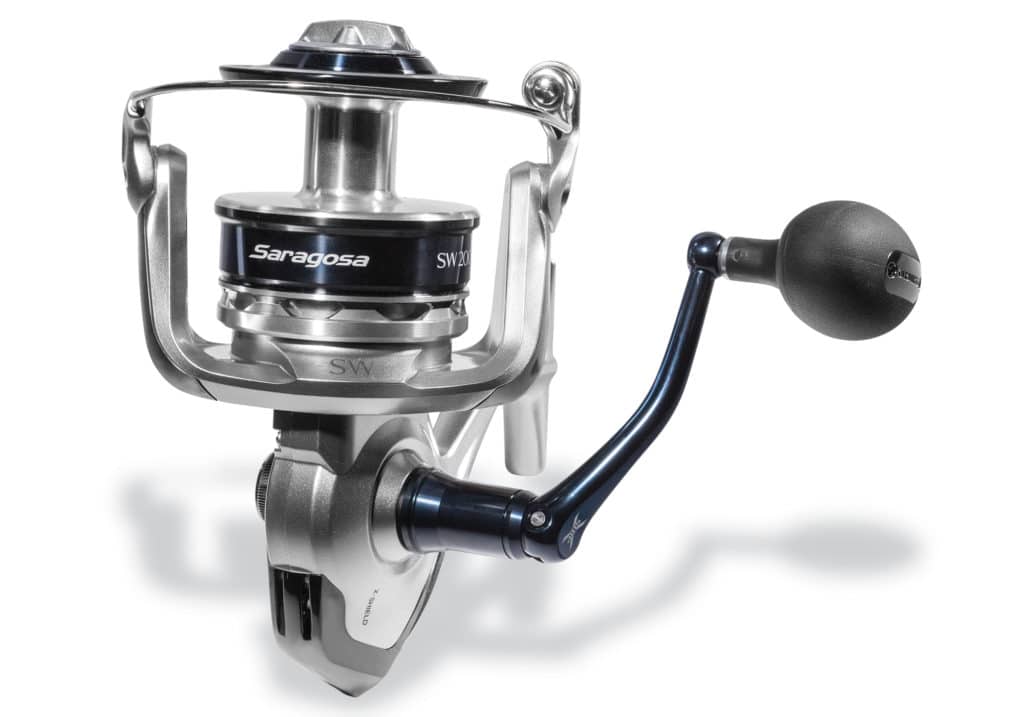
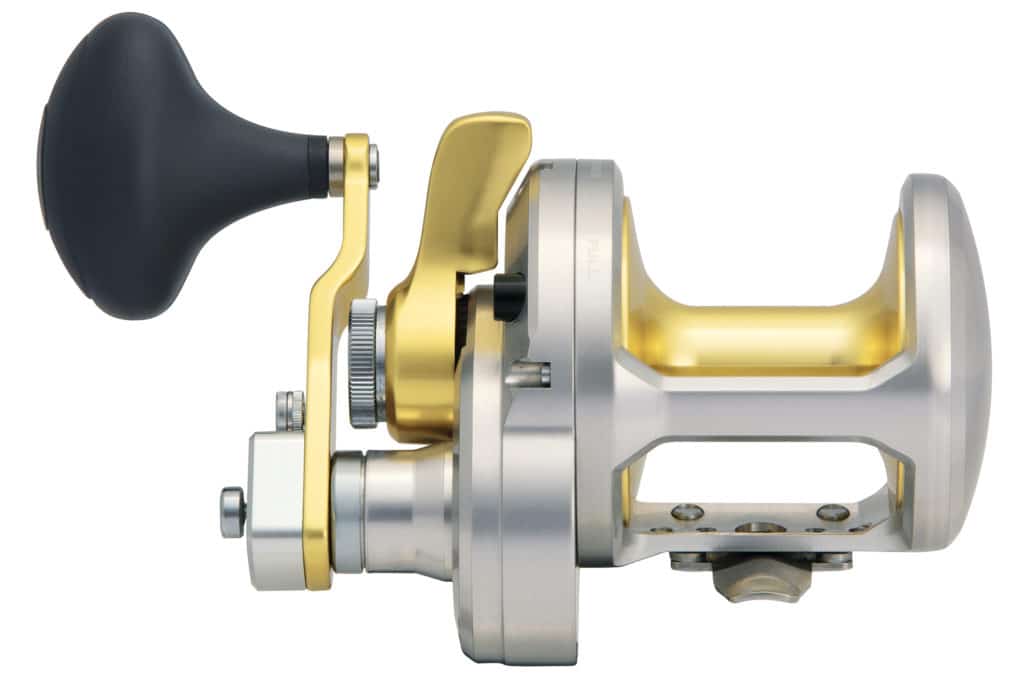
“We were catching spinner sharks off West Palm Beach with 80-pound tackle,” recalls Rice. “I was having fun stroking 80- to 100-pound sharks when suddenly a 12-foot hammerhead ate one of the sharks we were fighting. He headed for deeper water, so we got off anchor and gave chase. The hook finally pulled after 30 minutes, but there’s no doubt in my mind that we could have beat that shark on a small setup.”

